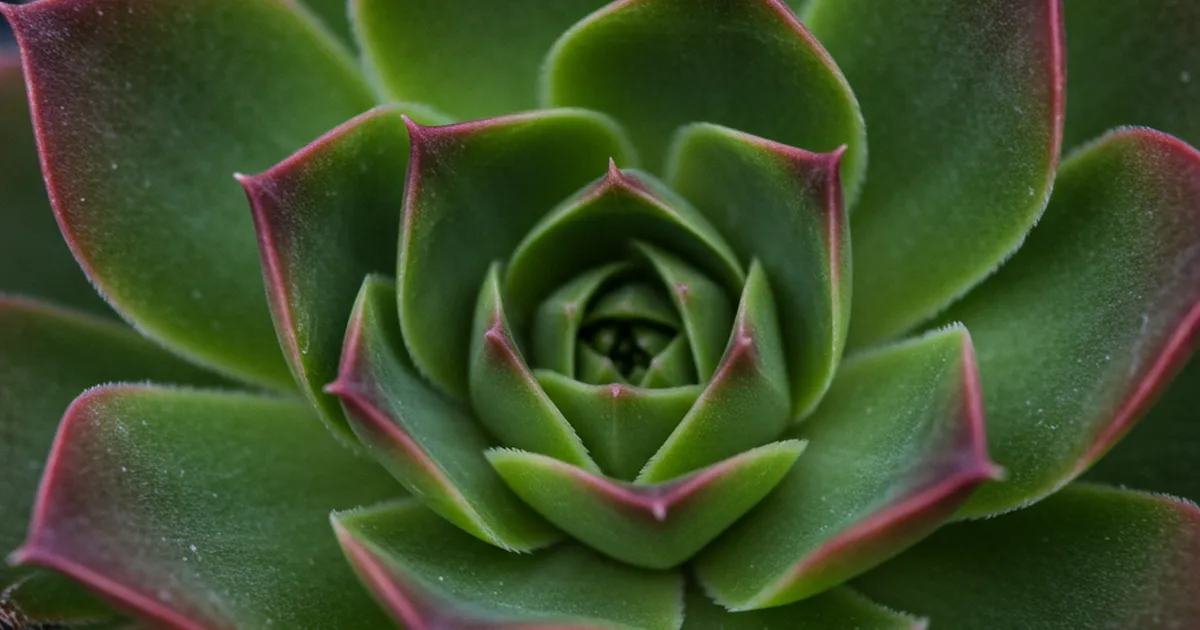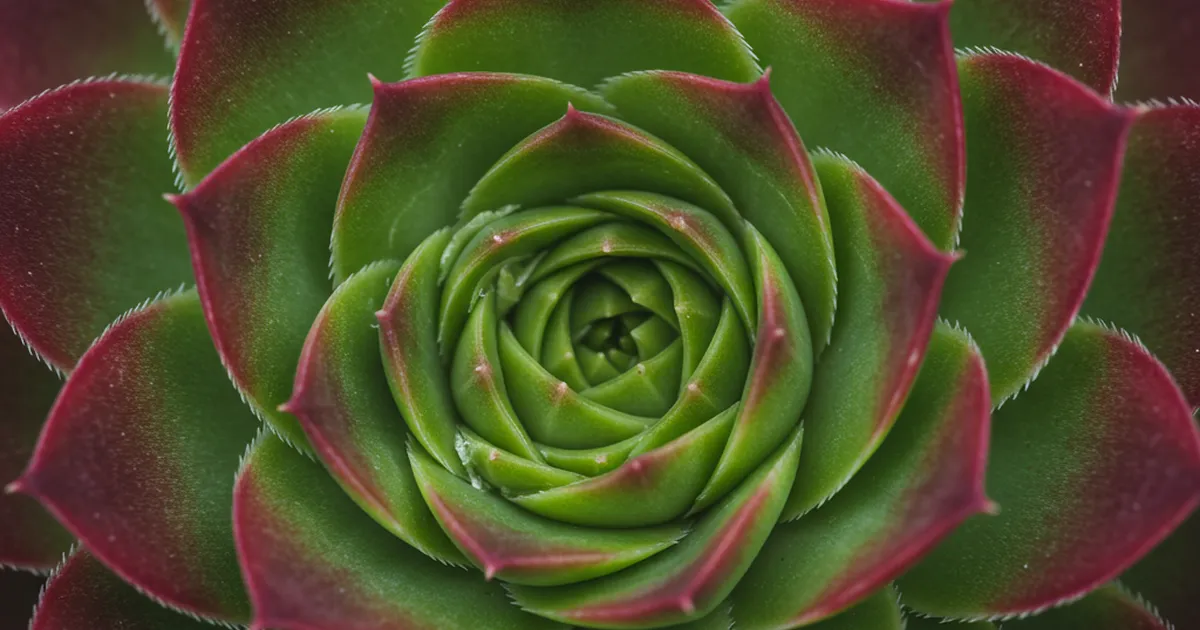Overview:
Aeonium, also known as tree houseleek, is a genus comprising around 35 perennial succulent plants recognized for their glossy, waxy leaves forming rosettes. These plants vary in size, with some growing low to the ground while others can reach heights of up to 3 feet. The rosette-shaped leaves are meticulously crafted, often resembling artificial plants due to their perfection. These rosettes come in single colors or may exhibit variegation in white, yellow, red, or green. While small star-shaped flowers emerge in clusters from the center of the rosettes, they are not particularly striking in appearance.
Aeoniums can be cultivated both outdoors and indoors throughout the year. These plants have a slow growth rate, and it might take up to five years before they produce clusters of flowers from the center of their rosettes. Most aeoniums are monocarpic, meaning the main plant dies after flowering, but the shoots (pups) will continue to grow and produce more shoots.
| Common Name | Aeonium, tree houseleek |
| Botanical Name | Aeonium spp. |
| Family | Crassulaceae |
| Plant Type | Succulent |
| Mature Size | 3–36 in. tall, 6-12 in. wide |
| Sun Exposure | Full, partial |
| Soil Type | Sandy, loamy |
| Soil pH | Neutral, acidic |
| Bloom Time | Winter, spring |
| Flower Color | Pink |
| Hardiness Zones | 9–11 (USDA) |
| Native Area | Canary Islands, Africa |
Varieties of Aeonium Plants

- Aeonium arboreum: This plant, which is widely found, displays bright green rosettes on a stem that branches out. It has a bushy appearance and can reach heights of 6 feet when planted in a garden, or 3 feet in containers.
- Aeonium arboreum ‘Atropurpureum‘: This cultivar grows to a height of 3 to 5 feet and features maroon leaves when exposed to bright light.
- Aeonium arboreum ‘Zwartkop’ or ‘Black Rose’: This variety showcases very dark, deep burgundy, or nearly black leaves. It is also a relatively large plant.
- Aeonium ‘Garnet’: A crossbreed between A. ‘Zwarkop’ and A. tabuliforme, this type has green leaves in the middle with dark red tips.
- Aeonium davidbramwelli ‘Sunburst’: This type is shorter, reaching 1 to 2 feet in height, but has rosettes up to 1 foot wide with pale yellow, white, and green striped leaves, along with pink tips.
- Aeonium haworthii ‘Tricolor’ or ‘Kiwi’: An easily grown plant reaching 2 to 3 feet in height, producing 4-inch flowers that start with pale yellow centers and mature into red and green hues.
- Aeonium canariense ‘Canary’: A slow-growing plant that can grow up to 24 inches in height and width, known for its large, velvety rosettes.
- Aeonium tabuliforme ‘Dinner Plate’: This type, which grows close to the ground, forms a wide, flat green rosette. It is often challenging to locate.
- Aeonium smithii ‘Smith’s Giant Houseleek‘: This plant has spoon or paddle-shaped green leaves with streaks of brown or purple. It can reach heights of up to 12 inches.
- Aeonium valverdense: The rosette-shaped leaves of this species can vary from
Aeonium Propagation

Aeoniums, like many succulents, are simple to propagate from cuttings. Even stem pieces that detach from the plant can easily take root in the nearby soil. It is best to propagate aeoniums in the spring when the plant is actively growing. Here is a guide on how to propagate aeonium from cuttings:
- Using a sharp and clean cutting tool, cut a young stem piece that includes a leaf rosette. Place the cutting horizontally in a dry, warm, and shaded area for approximately three days to allow the cut end to form a callus. This callus is crucial as it helps prevent root rot once the cutting is planted.
- Fill a small pot with a mix of half potting soil and half cactus or succulent potting mix. Insert the callused end of the cutting into the potting mix, deep enough to keep it upright. Put the pot in bright indirect light and water it lightly once a week. Ensure the pot has good drainage at the bottom to prevent rot.
- Once the plant has established strong roots, let the top 2 inches of soil dry out before watering again. Repot into a larger container when necessary.
A Guide to Potting and Repotting Aeonium Plants

To pot your aeonium plant correctly, choose a container with sufficient drainage holes at the bottom to prevent waterlogging, standing water, and root rot. Opt for a pot made of a material that wicks away moisture, such as terra-cotta or clay, to help maintain proper soil moisture levels.
The ideal time to pot or repot your aeonium plant is during the spring months when it is actively growing. It is recommended to replace the soil annually by either adding fresh soil to the existing container or moving the plant to a larger pot if it has outgrown its current one. Signs that your aeonium plant needs repotting include stunted growth, rapid soil drying, or roots emerging from the drainage holes. In general, most varieties will require repotting every two to three years.
Protection from Winter

Aeonium plants thrive in a Mediterranean climate that is moderate in temperature. If they are planted in containers, it is advisable to bring them indoors prior to the arrival of the initial frost. Aeonium plants can withstand temperatures as low as 25-30°F.
Types of Common Pests

Aeoniums are prone to attracting common pests like aphids, mealybugs, mites, and scale. Nonetheless, ants can also pose a problem. Aphids and mealybugs release sugary substances that entice ants to succulents. Eliminating ants from succulents with compact buds or rosette leaves can be challenging. Your best option is to place ant bait close to the plants to lure them away. Once the ants are removed, you can then focus on eradicating the other pests. Use a water spray or mild insecticidal soap to treat the plant and eliminate these insects.
Common Issues with Aeoniums
Aeoniums can be both easy and challenging to care for, as some of their normal behaviors might give the impression that the plant is in distress. Here are some tips for taking care of aeoniums.
Dropping Leaves
It is normal for the lower leaves of the rosette to fall off. The rosette may also close up slightly. Even though the plant might appear to be dying, it is likely just entering its dormant phase, which typically occurs during winter and summer (especially if grown outdoors). There is no action needed from you to address this issue—simply allow the plant to rest undisturbed.
However, if you observe leaves falling off your plant at an unexpected time, it could indicate that the succulent is under stress. You can differentiate between normal shedding and stress by observing if the rosette is closing up or curling along with the leaf loss. If you suspect stress, give the plant some water and see if the rosettes start to open up and uncurl, even though leaf shedding may continue.
Browning of Leaves
Excessive sunlight exposure can cause the leaves to get sunburned, leading to white or brown edges. Unfortunately, this damage cannot be reversed. You can either remove the scorched leaves or wait for them to naturally drop off, and relocate the plant to an area with slightly less direct sunlight.
Dying Main Stem
In the case of a branched aeonium with the main mother plant that has bloomed, the branch may start to wither. While it is indeed dying, you can rescue the plant by using a sharp, clean cutting tool to trim off the top where the rosette and flowers have already bloomed. Initially, it may not look aesthetically pleasing, but the branch should have side shoots that will continue to grow and eventually flower.

